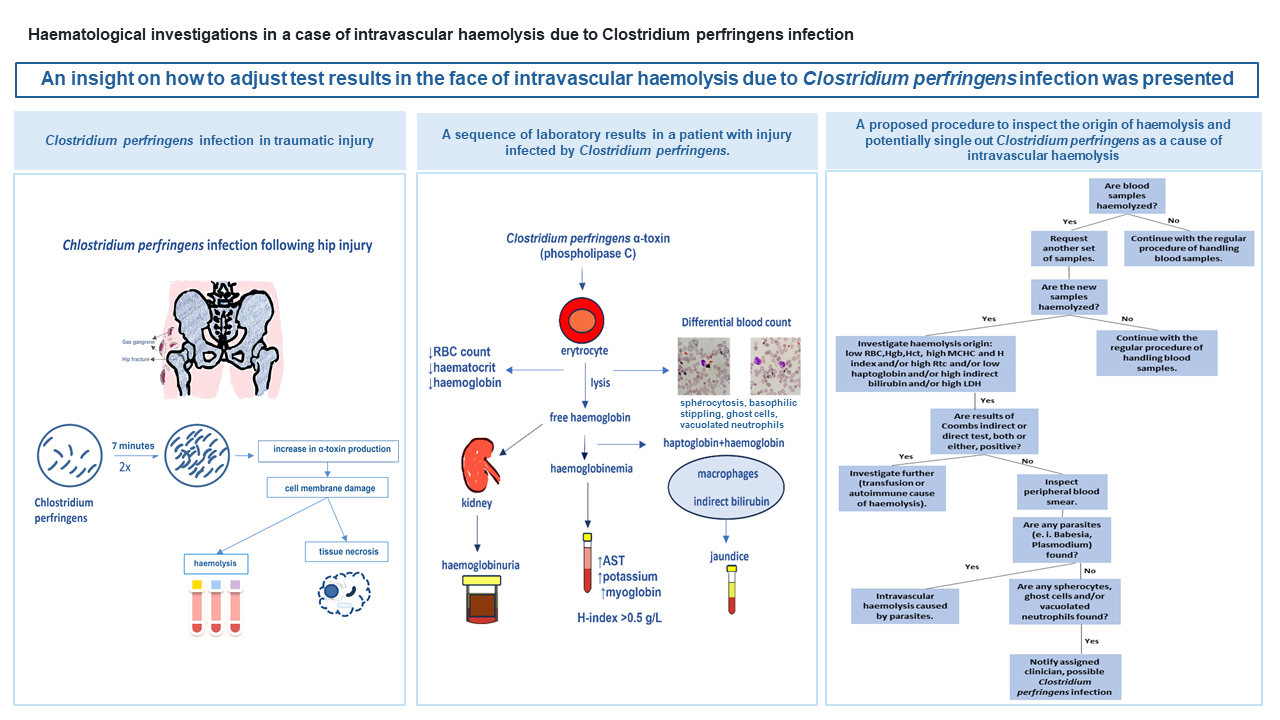Journal Information
Journal ID (publisher-id): BM
Journal ID (nlm-ta): Biochem Med (Zagreb)
Title: Biochemia Medica
Abbreviated Title: Biochem. Med. (Zagreb)
ISSN (print): 1330-0962
ISSN (electronic): 1846-7482
Publisher: Croatian Society of Medical Biochemistry and Laboratory Medicine
Article Information
Copyright statement: Copyright Croatian Society of Medical Biochemistry and Laboratory Medicine
Copyright: 2024, Copyright Croatian Society of Medical Biochemistry and Laboratory Medicine
License (https://creativecommons.org/licenses/by/4.0/):
This is an open-access article distributed under the terms of the Creative Commons Attribution (CC BY) 4.0 License, which permits unrestricted use, distribution, and reproduction in any medium, provided the original work is properly cited.
Date received: 09 October 2023
Date accepted: 16 February 2024
Publication date: 15 April 2024
Publication date: 15 June 2024
Volume: 34
Issue: 2
Electronic Location Identifier: 021001
Publisher ID: bm-34-2-021001
DOI: 10.11613/BM.2024.021001
Hematological investigations in a case of intravascular hemolysis due to Clostridium perfringens infection
Ana Bronic[*]
Author notes:
[*] Corresponding author: anabronic@yahoo.com
Authorship contributions
A Beljan - Data acquisition and analysis, Writing of the original draft. VB - Data acquisition, Analysis and Visualization. A Bronic and MP - Conceptualization, Data analysis and interpretation, Review & editing of the manuscript, Final approval of the version to be published, Accountability for all aspects of the work.
• In vivo hemolysis due to C. perfringens infection occurred in an extremely short period
• H index allowed monitoring severity of hemolysis and successful managing of samples
• Laboratory procedure to investigate origin of hemolysis and determine C. perfringens as a cause of intravascular hemolysis is presented
A patient presented with fever, severe pain and edematous tight due to hip trauma and was scheduled for urgent fasciotomy. Following physical examination, laboratory analyses were requested, and results revealed anemia and severe infection. As the patient’s condition was serious, a new set of samples was sent to the laboratory four hours later. Following centrifugation, severely hemolyzed dark-colored serum and plasma samples were obtained and in vitro hemolysis was suspected. The collection of samples was repeated, but a new set of samples was also hemolyzed with a significant decrease in the hemoglobin value. At that point, in vivo hemolysis was suspected, and samples were processed according to standard laboratory procedures for hemolytic samples. Following confirmation of the gas gangrene diagnosis by clinicians, the cause of hemolysis was attributed to the cytotoxic activity of α-toxin produced by the anaerobic gram-positive bacterium Clostridium perfringens. An insight into the laboratory procedure that could help to narrow down the causes of hemolysis and single out C. perfringens as a cause of intravascular hemolysis was given.
Keywords: gas gangrene; ; hip prosthesis; hemolysis; case report



